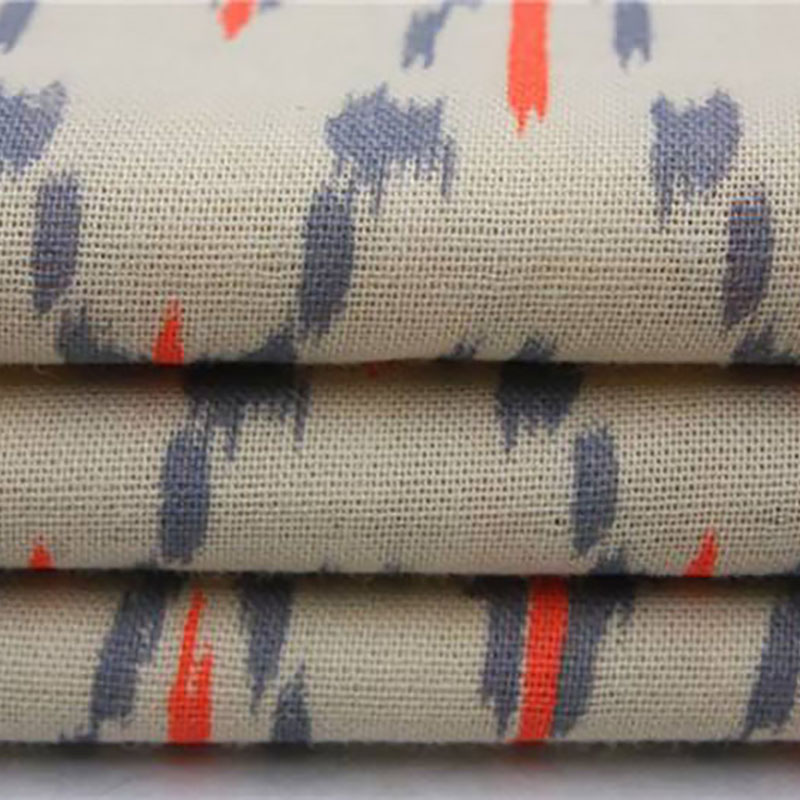As consumers' demands for comfort and breathability continue to rise, lightweight fabrics have gradually become a mainstream choice in the clothing industry in recent years. This kind of fabric not only fully demonstrates its flexibility in design, but also meets the trend of summer clothing's demand for lightweight, breathable, moisture-wicking and other properties.
.jpg)
The design inspiration of light and thin fabrics is not limited to a single material and pattern. Its continuous integration of technological elements provides more possibilities for the function of the fabric. Using new weaving technology and improved fiber materials, the lightweight fabric not only has rich expressiveness in appearance, but also brings great comfort to the wearing experience.
Market research shows that light and thin fabrics are particularly popular in high-temperature seasons, especially in summer clothing series. Their use can significantly improve consumers' wearing experience. According to data, in the past few years, the average annual growth rate of light and thin fabrics has been stable at more than 20%, and this trend is expected to continue in the next few years.

The selection of fabrics not only affects the comfort and aesthetics of the clothing, but is also closely related to the brand's market positioning. To stand out from the competition, brands need to continuously innovate in the research and development and production of lightweight fabrics to provide unique market value.
To sum up, light and thin fabrics play an increasingly important role in modern clothing design, especially in summer clothing, where they have irreplaceable advantages. In the face of increasingly fierce market competition, continuing to pay attention to market changes in this field will bring more development opportunities to the brand.
.jpg)
